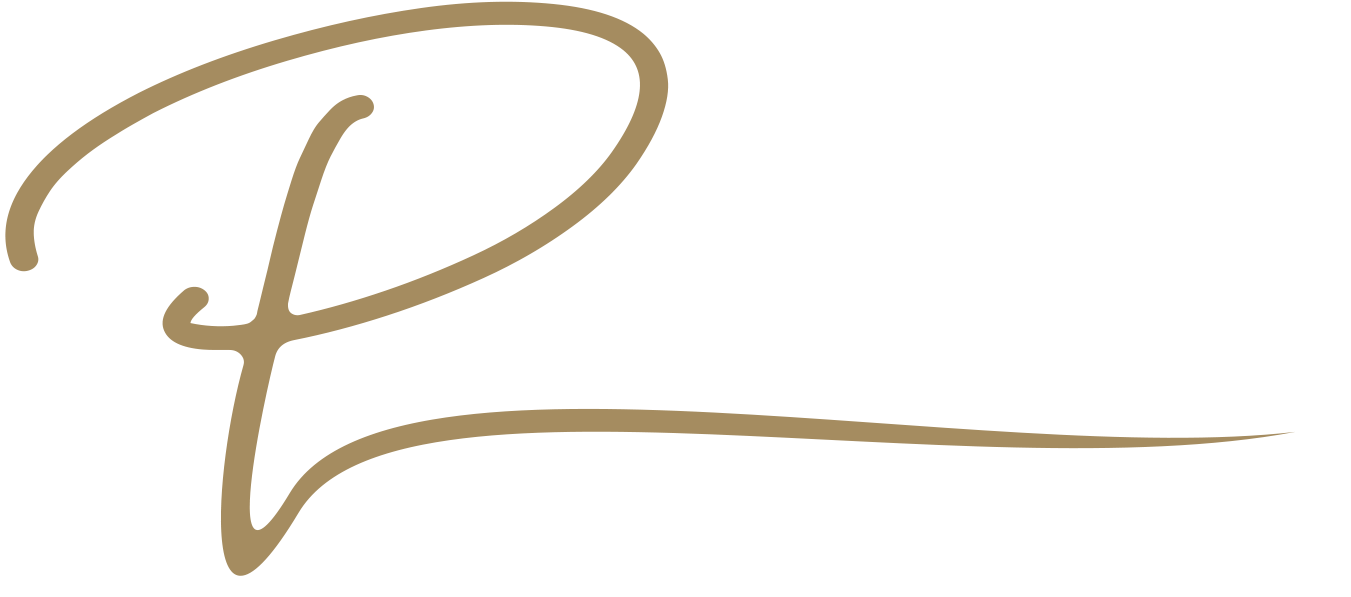When developing a marketing strategy, you may be asking yourself where to start and how to reach the right audience. The good news is, although it may seem overwhelming at first, with some organization and planning you can position yourself to be in front of more in market customers, make more sales, and reduce wasted spend.

Determine Who Your Audience Is
The first step is determining who your ideal customer is? Now, you may be thinking to yourself “I sell _____ products/services. My customer is someone who wants to buy that.” and you would be correct. However, if you look a little deeper than that you’ll begin to understand how your audience targeting can make a big difference. Here’s an example. Let’s say you sell men’s cologne and you want to run an incentive and you’ve decided on an anniversary special. Even though it’s a men’s product, your targeting in this case would probably be a little more in depth than just “someone interested in men’s cologne”. Instead you’d be much better off to set your targeting to “married women who’s anniversary is within 30 days from now”. Combine this with targeting an in market audience segment for “Perfumes & Fragrances” and you’re bound to reach the perfect audience.

Mix Up Your Content
A good marketing campaign will be able to reach customers any way they spend their time online. This means you need a good mix of content and should invest time in creating images such as banners and other sized creative so that your images can display effectively in various places around the web, video, and a well written ad copy. A good example of a campaign strategy that allows you to take advantage of AI and reach customers in the most cost effective and results driven way is through Google ads performance max campaigns. These campaigns use a combination of headlines, descriptions, images, and video to show your ads to the best audience possible across the entire Google search and display network. They then use audience signals such as the ones we’ve listed above to show your ads to consumers based on the targeting you’ve setup.

Drive Conversions From Your Ads
Just because you’ve reached interested buyers doesn’t mean they’re going to automatically convert into a new sale. You need to create a funnel that puts you in the mind of the customer. What does their journey look like after they’ve clicked on your ad? Do they get an automatic lead form or do they reach a landing page on your site? What entices them to become your customer? Firstly, you need to make it easy for them to convert. If using a lead form opt for autofill fields to get necessary contact info now and any additional desired info later. If using a landing page and they have to scroll and scroll to find the form to submit a lead or to see the product they’re interested in they might get bored and leave or become unsure of how to even contact you about what they’re interested in, leaving you with a missed opportunity. I personally like to allow for the opportunity to convert at any time on a page. This could be in the form of a static button that follows them while they’re on your site or various types of conversion opportunities throughout the page like a CTA(Call To Action) banner or a button that opens a form. Secondly, think of a landing page as your elevator pitch. You got them to click through to your page but why should they continue through your funnel and make a sale? What make’s you different and better than competitors? What benefit will the customer get from utilizing your service/product? These are a few things to consider when developing the content and layout for your landing page.

Track Everything; You’ll Thank Me Later!
Let’s say you’ve launched your ad and you’re seeing a great CTR(Click Through Rate) your avg. CPC(Cost Per Click) is exactly where you want it to be based on the conversion rate you expected to fit within your budget and produce a solid return. But, the conversions just aren’t there. How can you better understand where in the funnel potential customers are falling out and why you’re not seeing the business growth you want? The answer is simple, tracking. There are many ways you can track your campaign and a ton of tools you can buy to do so. But the best thing to do to ensure you’ve got the best view of what’s happening with your ads is to make sure you can see every stage of the conversion funnel. Google Analytics is a given for basic info such as setting up conversion steps and getting a good clear view on where any holes in the funnel exist and who your customers are demographically. However, you might want to better understand just what exactly in that stage of conversion is deterring users on your site. Perhaps you have a 2 step form and you see a large drop off on the second step. You might speculate that you just need to get rid of the second step, and you could be right. But, to know for sure it’s helpful to use CRO(Conversion Rate Optimization) software that allows you to do things like see where users are clicking, how far they’re actually scrolling, even live recordings of visitors on your site. Through this data you might of learned that it’s not necessarily the fact that you have a second step to your form. But, maybe a particular question that when reached, users abandon the form. A couple of good programs you can utilize to do this are hotjar and luckyorange. In addition to tracking forms and landing pages, you also be generating calls for your business. If you are conducting sales, have a team, or just want to better understand how you yourself can improve conversions from calls, you should create tracking lines for your website, social media accounts, and any ad campaigns you’re running. If you have multiple locations, you may even want to create a separate line for each. This will allow you to collect names and numbers of potential customers even if you don’t get that info while on the call and to listen back on conversations to refresh your memory on a call or even just staying informed on call quality. Check out callrail for an effective way to track your company’s phone activity.

Review Your Campaigns and Make Improvements
When you launch your ads, you’ll want to keep a close eye on how your campaigns are performing. Take a little bit of time each morning to review what’s happening throughout your funnel. If all looks well, than just monitor for when things might shift. market interests, competitors, and other variables can affect ad performance at any time so you want to keep an eye out for these changes. If you notice a drop in clicks, some things you can take a look into are your impression share, keyword performance, and ad content performance. A competitor might have recently become more competitive in their ad strategy, search volume might have changed for the keywords you’re using, or perhaps your content needs some refreshing. For example, when Covid hit, searches for gym memberships shifted. Whereas users may have previously been searching for gyms closest to them, they began searching more for gyms that took health precautions or what CDC regulations were in place at local gyms. If you find that your ads are performing well. But, conversions are down. Take a look at your funnel. Make sure the traffic you’re sending to your site is relevant to your landing page and explore how they’re behaving on your site to gain insight into how you can improve their experience and increase conversions.
Setting up campaigns and generating business for your company can seem overwhelming and a lot to take on initially. But, with the right tools, proper targeting, good content, and a strategy that fits your budget and goals, you’ll experience the results you set out to achieve. We hope this article was useful to you and if you ever need any additional help with your ads and business growth strategy, we’re happy to help.



